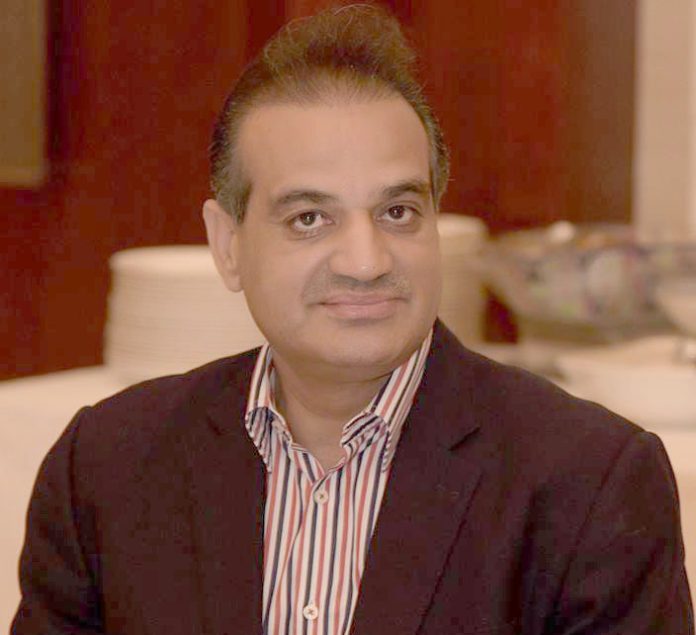The PML N leadership remains optimistic about the resolution of government formation at the federal level, anticipating an amicable resolution in collaboration with the PPP and other allies. However, there is ongoing debate regarding the sustainability of this arrangement
Ansar Mahmood Bhatti
Islamabad: The recent revelations by the Commissioner of Rawalpindi regarding suspected irregularities in the Rawalpindi division have significantly bolstered the contentions of PTI and other political parties that the 2024 election was marred by extensive rigging and flaws. Although the Commissioner’s statements may be perceived with a certain intent, the gravity of the allegations gains credibility as they originate directly from the individual overseeing Returning Officers and District Returning Officers. His role positions him with a firsthand and nuanced understanding of the events unfolding within his division.
We need to contextualize his revelations within the broader context of government formation at both the federal and provincial levels. Although the PML-N is poised to assume control of the Punjab government, it hesitates to lead the federal government independently due to an insufficient number of seats. Consequently, it must actively seek support from the PPP. However, the fruition of this alliance is still pending, with the PPP possibly making extensive demands in exchange for its support to the PML-N.
The PML N faces a stark reality as it receives a clear message from the authorities that it cannot selectively navigate between the Punjab and federal government responsibilities. The party finds itself in a challenging position, compelled to embrace both roles or relinquish them entirely. The recent revelations by the Commissioner seem to convey a subtle warning to the PML N leadership. If the 39 seats, encompassing both the national and Punjab assembly, within the Rawalpindi division undergo reexamination, there is a tangible risk of the party losing its majority in the Punjab assembly. Furthermore, such a reevaluation may also erode the party’s standing in the national assembly, significantly impacting its overall political influence.
Undoubtedly, whoever assumes control of the federal government will find themselves navigating treacherous waters due to formidable economic and political challenges. The PPP is prudent in its reluctance to engage with this fragile setup, recognizing the inherent risks that could ultimately sideline the party from the political landscape should it fail to meet the expectations of the public.
Political analysts express reservations about nominating Maryam Nawaz as the Punjab chief minister, citing concerns over the historical tensions between the Establishment and the PML-N, exacerbated by the assertive stances of both Nawaz Sharif and Maryam Nawaz. Despite the PML-N’s assertive desire to initiate a fresh chapter by leaving behind past conflicts, it is anticipated that the Establishment may require a considerable amount of time to come to terms with this shift in dynamics.
The PML N leadership remains optimistic about the resolution of government formation at the federal level, anticipating an amicable resolution in collaboration with the PPP and other allies. However, there is ongoing debate regarding the sustainability of this arrangement, with uncertainties about whether it will endure in the long term or face a premature collapse.
It is imperative for the PML N leadership to engage in proactive measures to strengthen the foundations of this coalition, fostering effective communication, mutual understanding, and shared goals among the involved parties.
As per the understanding the PPP will get ministries in the federal and Punjab government while in Balochistan both PPP and PML N will form a coalition government with PPP getting the Punjab chief minister slot.

















